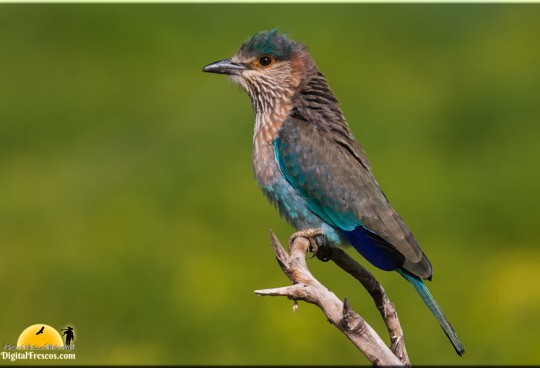The snail kite (Rostrhamus sociabilis) is a bird of prey within the family Accipitridae, which also includes the eagles, hawks, and Old World vultures. The snail kite breeds in tropical South America, the Caribbean, and central and southern Florida in the United States. It is resident all-year in most of its range, but the southernmost population migrates north in winter and the Caribbean birds disperse widely outside the breeding season. This is a gregarious bird of freshwater wetlands, forming large winter roosts. Its diet consists almost exclusively of apple snails. Snail kites have been observed eating other prey items in Florida, including crayfish in the genus Procambarus and black crappie. It is believed that snail kites turn to these alternatives only when apple snails become scarce, such as during drought. The highly specialized Snail Kite flies on broad wings over tropical wetlands as it hunts large freshwater snails. These handsome gray-and-black raptors have a delicate, strongly curved bill that fits inside the snail shells to pull out the juicy prey inside. Unlike most other raptors, Snail Kites nest in colonies and roost communally, sometimes among other waterbirds such as herons and Anhingas.
Snail Kite was unknown to science until 1817, when French ornithologist Louis Jean Pierre Vieillot described a specimen taken from near the Rio de la Plata, Argentina. Both the Limpkin (a large wading bird related to rails) and the Snail Kite (a raptor) evolved to feed almost entirely on freshwater apple snails (genus Pomacea). These very different bird species coexist peacefully for the most part, largely segregated by their methods of hunting. Limpkins can hunt snails in dense reedbeds and other thick vegetation, wading in on their long legs and using their long bills to move floating vegetation to look for snails. Kites usually fly over open water and drop down to catch snails up to 6 inches deep in the water. It is classified as least concern by IUCN.
![]()






Sorry, the comment form is closed at this time.